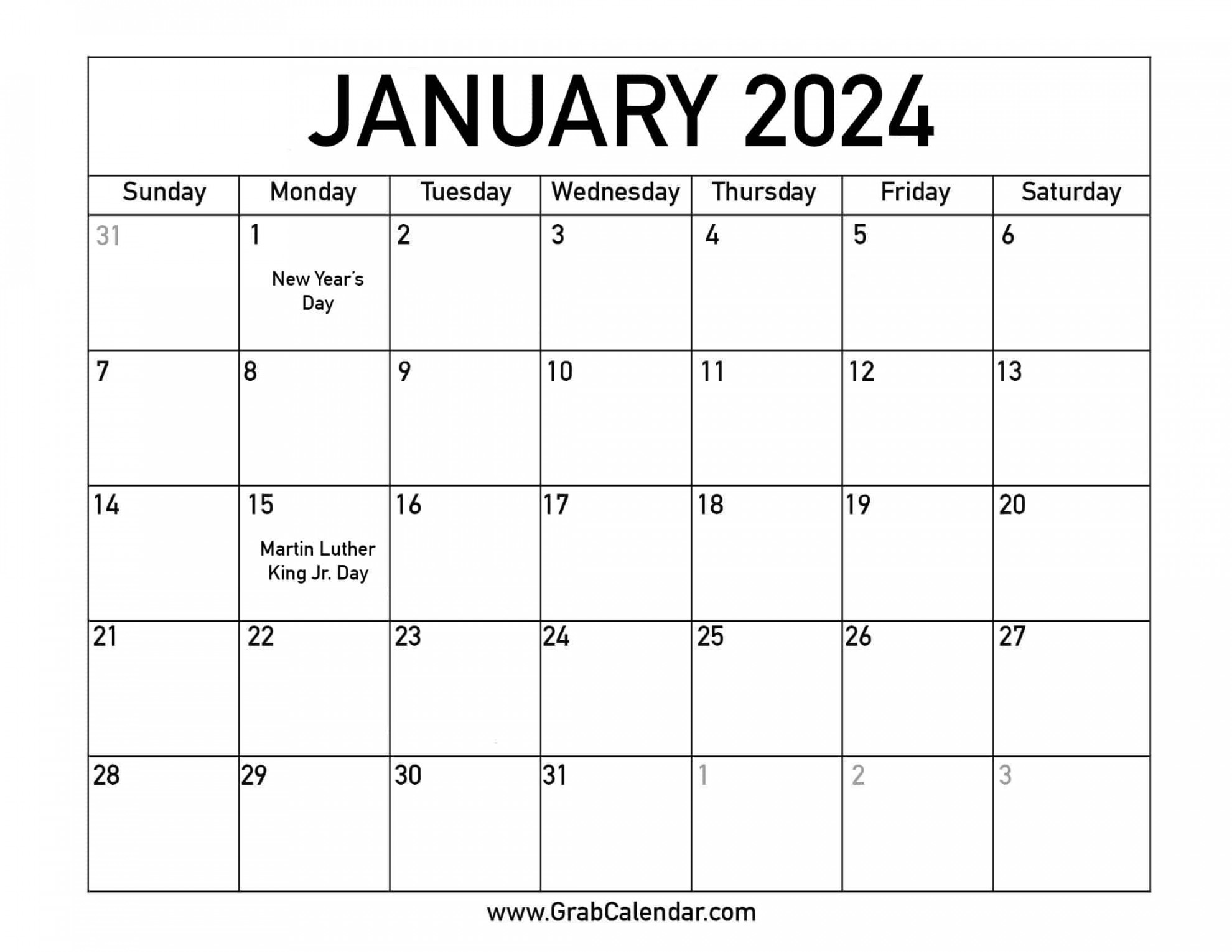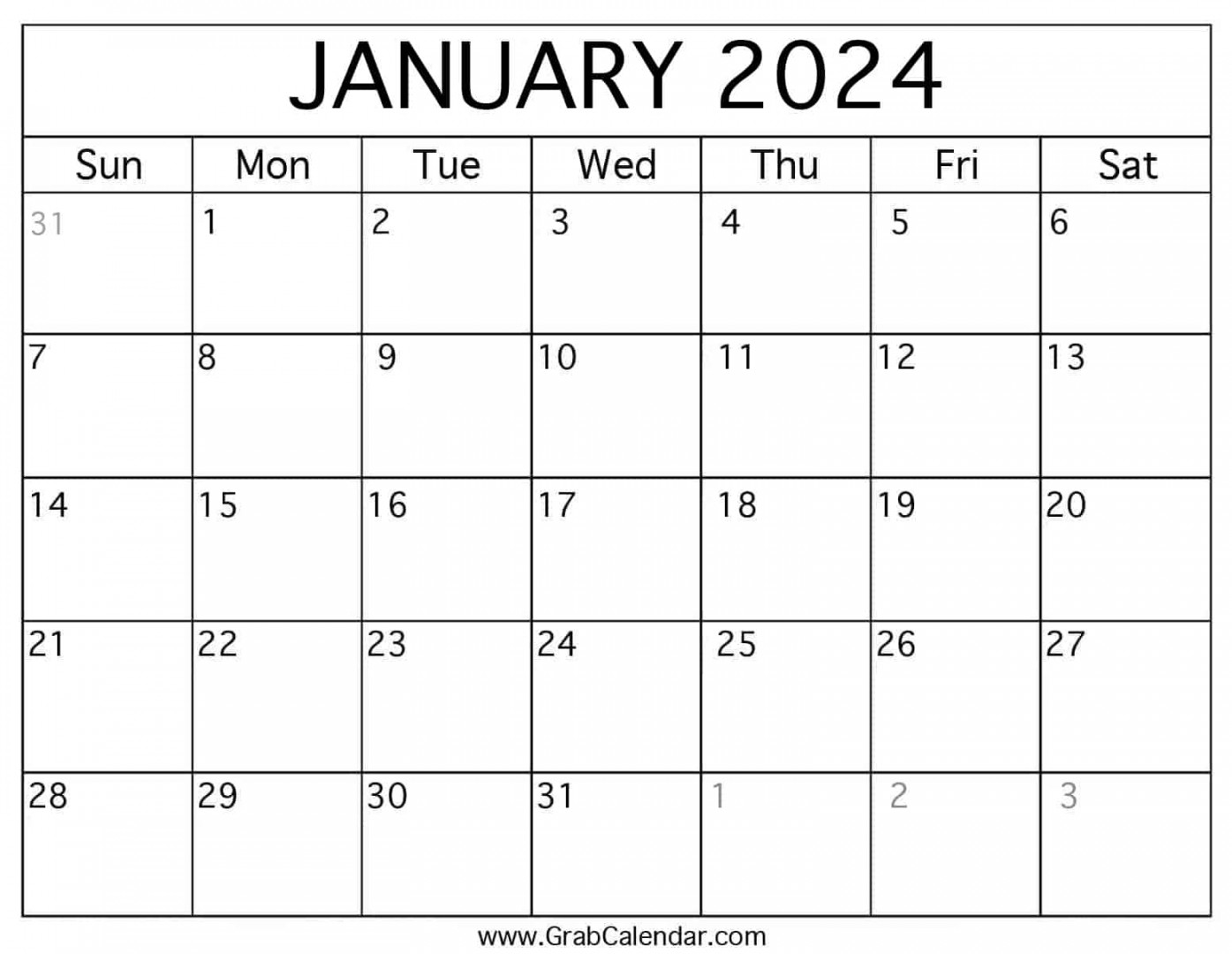Stock market outlook for 2024 Key Points Analysts expect the bull market to resume in 2024. Inflation and interest rates will likely remain the two biggest market catalysts. Bloated Big Tech valuations could limit additional upside for the Nasdaq.
The S&P 500’s early-year rally faded in the second half of 2023. But analysts remain optimistic the stock market could be headed for new all-time highs in 2024.

Despite ongoing concerns over inflation, rising interest rates, slowing economic growth, and uncertainty in Washington over government shutdowns and a House Speaker vacancy, analysts anticipate the S&P 500 will resume its bull market rally in 2024 in anticipation of a Federal Reserve pivot from interest rate hikes to rate cuts.
Meanwhile, if the U.S. economy can achieve a soft landing, analysts predict double-digit earnings growth from S&P 500 companies in the coming year and say there will be plenty of opportunities for investors in 2024.

Unfortunately, while the U.S. economic outlook improved significantly in 2023, there are still warning signs of a recession in 2024.
In addition, some market experts have raised concerns over the bloated valuations of Big Tech companies that have led the market to rebound in 2023.

The 2024 U.S. presidential election could create volatility in the stock market, particularly given how unpopular both leading candidates are among American voters. In addition, sticky inflation could force the Federal Reserve to maintain interest rates at 22-year highs longer than anticipated, potentially pressuring growth stock valuations.
Here’s a rundown of what investors can expect in 2024 and which headlines they should continue to monitor to maximize their investing returns.

2024 stock market forecast
The S&P 500 is on track to finish 2023 up more than 14% after logging more than an 18% loss in 2022. Since the S&P 500 launched in 1957, any time the index has declined more than 18% in a calendar year, it has been followed by at least two consecutive years of gains.
Analysts expect improving market fundamentals in 2024. The S&P 500 entered bull market territory in June 2023 after gaining more than 20% from its October 2022 lows. Since World War II, the average S&P 500 bull market has lasted more than five years, according to LPL Research.
Jeffrey Buchbinder, chief equity strategist for LPL Financial, said history suggests 2024 could be a good year for stocks.
“The average gain in the second year of a bull market at 12.9% suggests stocks may be poised to add to this year’s solid gains in 2024,” Buchbinder said.
He said even a mild recession may not hit the stock market as hard as some investors fear.
“We think this bull market still has a way to go and won’t be derailed by a (potentially) mild, short recession over the next year,” Buchbinder said.
Analysts project 12.2% earnings growth and 5.6% revenue growth for S&P 500 companies in 2024. The communication services sector is expected to lead the way with 18% earnings growth, while the information technology sector is expected to generate a market-leading 9.2% revenue growth in 2024.
At the other end of the growth spectrum, analysts forecast 2024 energy sector earnings growth of just 2.4% and revenue growth of just 0.9%. Fortunately, analysts see positive earnings and revenue growth for every market sector in 2024.
The U.S. presidential election cycle also bodes well for the stock market in 2024, as the S&P 500 has typically gained in year four of a new U.S. president’s term.
Related: Best online brokers.
The Fed’s monetary policy
The Federal Reserve has significantly lowered inflation in 2023. But the central bank still has a long way to go in 2024 to get inflation back down to its 2% target.
The personal consumption expenditures price index increased 3.5% year over year in August, down from a peak of 7% in June 2022. Core PCE, which excludes volatile food and energy prices and is the Fed’s preferred inflation measure, was up 3.9% on an annual basis in August, nearly double the Fed’s 2% target.
In its latest long-term economic projections released in September, the Federal Open Market Committee projected core PCE inflation of 2.6% and GDP growth of 1.5% in 2024. FOMC members might consider another interest rate hike before the end of 2023 with rate cuts before the end of 2024.
Investors are seemingly far more optimistic the Fed will not need to be as aggressive with its monetary policy measures. The bond market is pricing in just a 20% chance the Fed will need at least one more rate hike by the end of 2023, according to CME Group. Looking ahead to 2024, the market sees more than a 60% chance of a rate cut by June 2024.
With housing and energy prices rising, Comerica Bank chief economist Bill Adams said the Fed will likely be forced to make one more rate hike heading into 2024.
“Comerica forecasts for the Fed to raise the fed funds target a final quarter percentage point by year-end, but it will be a close call — financial markets price in near coin-toss odds of that hike. Either way, the Fed will likely pivot to rate cuts by mid-2024 as underlying inflation pressures continue to normalize,” Adams said.
2024 outlook for stocks
Analysts are generally optimistic about the outlook for 2024, but an environment of slowing economic growth and historically high interest rates is more difficult for some types of stocks than others.
S&P 500
Wall Street analysts are projecting S&P 500 earnings growth will rebound from just 1.1% in 2023 to 8.6% in the first quarter of 2024 and 12.2% for the full year. On the revenue front, analysts are calling for growth to jump from 2.4% in 2023 to 4.7% in the first quarter and 5.6% for the full year in 2024.
The current consensus 12-month price target for the S&P 500 is 5,148. If the S&P 500 hits that target in 2024, it will exceed its current all-time high of 4,796 from January 2022.
DJIA
The blue-chip Dow Jones Industrial Average has lagged significantly in 2023 as investors rotated out of defensive investments in favor of higher-risk assets. However, if the U.S. economy tips into a recession in 2024, investors may seek safety in Dow stalwarts such as Apple (AAPL), Microsoft (MSFT) and UnitedHealth (UNH).
Value stocks also tend to outperform growth stocks during periods of higher interest rates, although that trend reversed in 2023. Heading into 2024, the Dow Jones is trading about nearly 9% below its all-time high of 36,952 in January 2022.
Nasdaq
If inflation comes down to a level at which the Federal Reserve can cut interest rates sooner than expected in 2024, tech stocks may continue their 2023 momentum. The tech-heavy Nasdaq composite has more than doubled the gains of the S&P 500 in 2023 as themes such as artificial intelligence, cloud computing and high-end computer hardware have regained popularity among investors.
Over the past decade, the Nasdaq has significantly outperformed the S&P 500 and the Dow Jones Industrial Average. Heading into 2024, the Nasdaq composite is roughly 16% below its all-time high of 16,212 in November 2021.
Are there any specific sectors expected to outperform in 2024?
Based on average analyst estimates, the real estate sector has the most potential upside over the next 12 months at 25.3% followed closely by the consumer discretionary sector at 24.8%. The energy sector has the lowest expected upside at just 7.3%.
However, just because the energy sector may take a breather in 2024 doesn’t mean analysts are bearish on energy stocks as long-term investments. The energy sector currently has the highest percentage of analyst “buy” ratings of any sector at 64%. The consumer staples sector has the lowest percentage of “buy” ratings at 45%.
The high-flying technology sector is likely to get a lot of attention from investors in 2024 as the debate rages between tech sector bulls focused on long-term growth and bears focused on valuation. The technology sector’s forward earnings multiple of 24.2 is currently the highest of any sector, while the energy and financial sectors have the lowest forward earnings multiples at 12 and 13.2, respectively.
David Bahnsen, chief investment officer at The Bahnsen Group, said several megacap tech companies are trading at unsustainable valuations heading into 2024.
“Our message to investors is to avoid index investing and the momentum trade of Big Tech,” Bahnsen said.
He recommends long-term investors prioritize stocks that have growing dividends.
“If markets are down, you are reinvesting dividends at lower prices, increasing the benefits of compounding interest exponentially over time,” Bahnsen said.
The ProShares S&P 500 Dividend Aristocrats ETF (NOBL) is one option for investors looking for a diversified way to invest in companies that consistently increase their dividends. The NOBL fund invests in 67 dividend aristocrats that have increased their dividends for at least 25 consecutive years, including Dover (DOV), Procter & Gamble (PG) and Genuine Parts (GPC).
Frequently asked questions (FAQs)
What should investors be cautious about in 2024?
The biggest fundamental risks to the stock market in 2024 are elevated inflation, tight monetary policy and the potential for slowing economic growth to tip over into a U.S. recession. However, the U.S. presidential election and other geopolitical risks, such as a dispute between China and Taiwan, could also rattle markets.
Will 2024 be a good year for the stock market?
It’s difficult to predict how the stock market will perform on a year-to-year basis, but analysts are generally optimistic about the outlook for 2024. The average 12-month analyst price target for the S&P 500 is 5,148, or about 15% above current levels.
Should I adjust my investment strategy in 2024?
Each investor’s portfolio strategy should be unique based on their investment time horizon, personal financial goals and risk tolerance. Economists generally expect a climate of falling inflation, slowing economic growth and loosening monetary policy in 2024, an environment analysts anticipate will benefit the real estate and consumer discretionary sectors.

